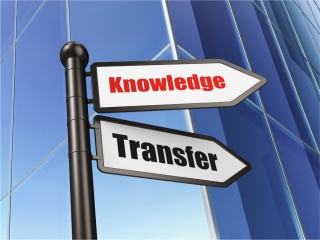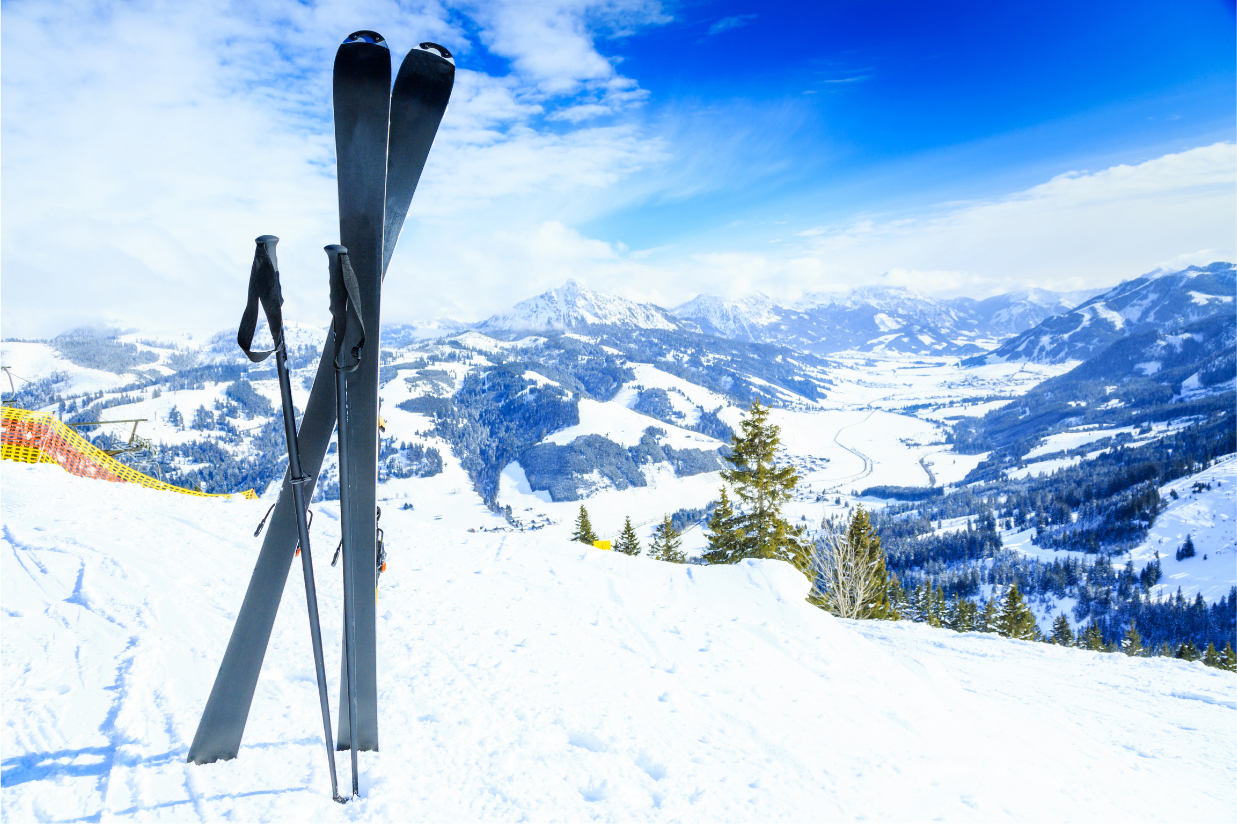
Better Teaching Skills: Engaging in the Transfer of Knowledge
02 January 2024How teaching skiing taught me to be a better culinary arts instructor.
By Warren Leigh, culinary professor, cater, consultant and retired restaurant operator
Feedback & comments: This email address is being protected from spambots. You need JavaScript enabled to view it.
It takes practice to be a great athlete. Teaching is the same in that the more you teach the better you become and the better-educated students you graduate. However, teachers and athletes differ because some teachers become good teachers and then stop learning while athletes continually develop their craft while competing. Let’s take a page out of the athlete’s handbook and run through the best instructing fundamentals. You might find you are a little rusty and need to exercise some better instruction methods.
Let me first start with a question: Do you think the skills required to be a great teacher have changed? If your answer is no, answer this second question: If you have taught for a few years, have the students changed? If you answered yes, then that means the skills required to create better-educated students must have changed too. And, they have.
I believe that a teacher is a facilitator of knowledge. We help build students’ skills. We also need to communicate in a way students understand by understanding different learning styles. And, especially for the purpose of this article, we need to continually update our teaching skills to be sharp.
Teaching fundamentals
Educators’ mission statement should be: we are facilitators of the transfer of knowledge. With this mission statement, all our business decisions should be easy. These decisions will naturally better serve the students, faculty, staff, and the institution for which we work. Student success is more likely if we approach the skills we introduce with this mission statement in mind and regularly provide opportunities to practice/repeat new skills.
Yes, the skills students learn need to be accurate and guided. When we follow this idea, we are simultaneously instilling the learning process. With this mission statement and process of repeating a concept, through many learning methods - including visual, auditory and kinesthetic - knowledge transfer (i.e. learning) happens.
We are providing the opportunity for the students to build self-confidence through practice. Also, the continued training helps students retain information, improve focus and reduce stress. I relate this in my own journey of becoming a certified PSIA Level 3 ski instructor and when I was preparing for my CEC Practical Test. When we can reduce stress by eliminating the white noise, we can better focus on the necessary learning and mastery of the new skills and concepts.
Just recently the ski resort I work at started a new program and used a ski instructor that had previous high school teaching experience, however he had not updated his stereotypical authoritative teaching skills. His lack of connection with the students showed immediately. If we are always a bad cop, we are stifling the opportunity to learn.
Learning to communicate with students by understanding learning styles
I am sure as a teacher you are much better at explaining concepts/skills now than when you first started teaching. You got better at how you communicated as you practiced your teaching skills.
I teach in quite different environments with students of varying abilities. As an example, I teach beginning culinary students, professional cooks, chefs and seasoned restauranteurs. I also teach beginner skiers, young skiers rising to instructor level, master skiers, and skiers with disabilities. Additionally, I am also a student coached by other more experienced instructors than myself.
I realized that even though my teaching environments are different, I still needed to come up with a way to reach each student. I took on this challenge and began understanding the many learning styles and how they apply to teaching and facilitating the transfer of knowledge – no matter the setting.
I teach skiing every weekend in the winter and come back from most trips with something new. Then I try and figure out how to apply it to what I teach in culinary school. For example, most people do not realize our craft is very kinesthetic. I start day one in the kitchen classroom by teaching students how to move from a solid platform, aka an athletic stance. I speak about the ergonomic positioning of our body, our torso, arms and hands and the impact all of this has on a smooth and relaxed working position. I have them practice the stance and ask them how it feels. It’s a real-eye opener for the students.
Another example I think is very cool is something I learned while working with a visually impaired skier. During our time together, I asked him if he could hear the difference between my skis and his. He said of course he could. So, we spent the next 45 minutes learning to ski through sound. It was awesome. He noticed that my left turn was louder than my right turn. We worked on making our turns sound the same in both directions. During the next knife skills lab, I asked my students to make their knives as quiet as possible. The results were fantastic. Through my skiing instruction, I learned how to use the body’s senses.
Now I teach using sound. “How can you make your knife quiet while making precision knife cuts?” The students started using more length of the chef’s knife, which in turn provided better precision knife cuts.
Now I teach using feeling. “What does the chicken breast feel like when you touch it with your fingers as it cooks from raw to done?” I tell them to grab it and squeeze it with their bare fingers. I think of this when I see a student grasping the handle of the knife so hard their knuckles are white. If they are willing, I have them place their hand on my hand as I make a cut.
Now I teach using visualization. “Look at the way the color of the egg sabayon changes in preparation when making a sauce hollandaise.”
Conclusion
If you use the facilitators of the transfer of knowledge mission statement as your guide it will open new ways of helping your students. We CANNOT continue to do things the way we have always done them. We are cooks helping prepare the next generation of cooks and operators. Keep it simple and consider core concepts. I am sure we can find many quotes from a bunch of classically trained chefs from 75 years ago and see that not much has changed in the kitchen. What has changed is our students and the new generation of employees. Therefore, we must change how we engage them in the transfer of knowledge.
